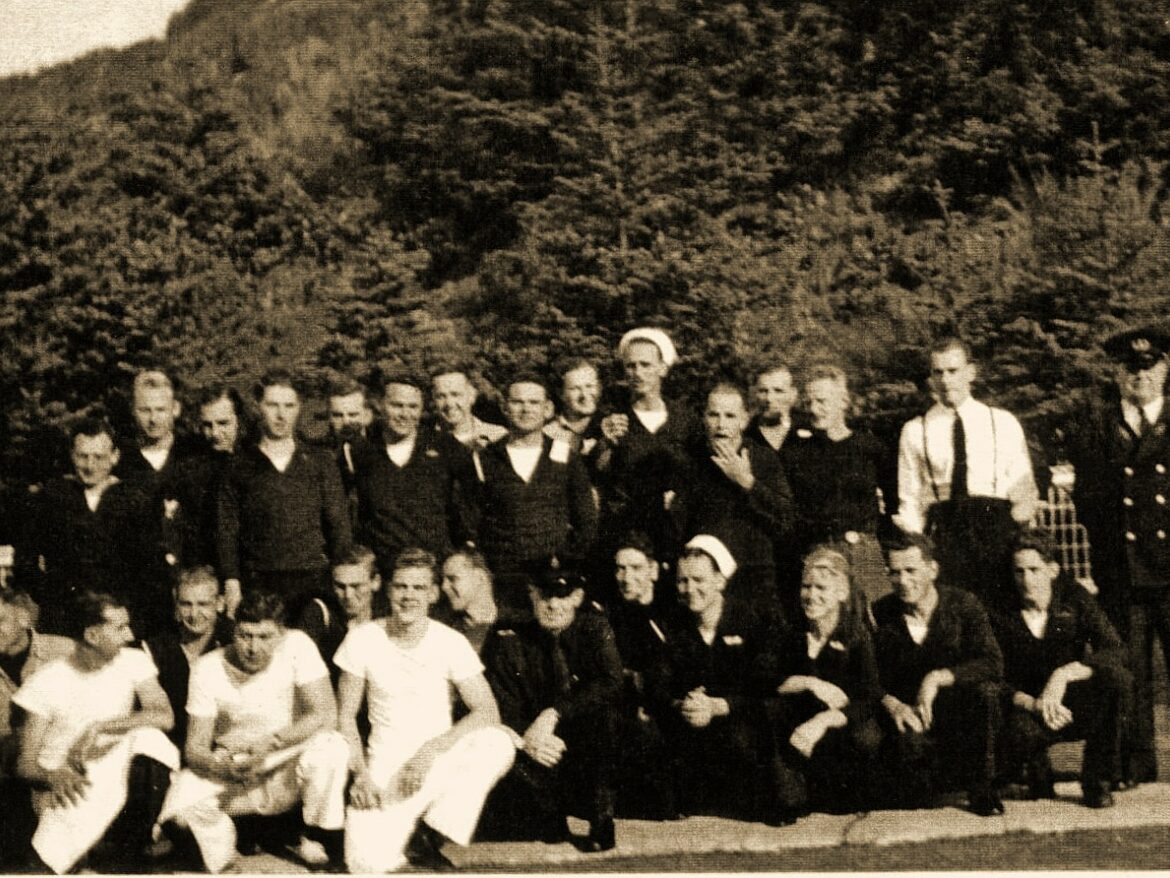Heceta Lighthouse Bed & Breakfast
January 7, 2022
The Coast Guard and Heceta

WWII December 7, 1941, the surprise attack on Pearl Harbor, put
residents along the Oregon coast in constant fear of attack. The Heceta
Head Coast Guard Beach Patrol troops began arriving in early 1943 and
provided an important link in a chain of coastal patrols.
As many as 75 coastguardsmen were stationed at Heceta.
Two barracks were erected where the head keepers house once stood to house
the enlisted men. One barracks was living quarters; the other a kitchen and
dining hall. Some married men lived with their wives in a house above Sea
Lion Cave while others at Sutton Cottages near Sutton Lake. The commanders
lived in the east half of the duplex.
Day and night, the soldiers with attack dogs patrolled the beaches and
headlands between north Florence and Yachats watching for Japanese landing
parties. A dozen dogs were kenneled in dog houses built below the duplex.
The former fenced chicken yard was used as a dog training area. Two dog
trainers had their own cooking shack to prepare the dogs’ meals.
Head Keeper, Cap and Ma Herman lived on the west side of the duplex and
served from 1925-1950.
An observation shack equipped with a radio was built on the hill
above the lighthouse and staffed around the clock watching for Japanese
submarines. The Coast Guard inventory sheet lists the cost of the lookout
as $75. Stanley Anderson, the cook stationed at Heceta during the war,
said, “the tower was little more than a small shelter that provided scant
protection for the unfortunate on duty.” To ensure no public access to the
area, an armed sentry house was built at the entrance to the driveway and
the highway.
Mary Nulty
Volunteer Historian / Curator / Docent
Heceta Lighthouse Interpretive Center at the Keeper’s House
Mary@HecetaLighthouse.com
541-999-8514